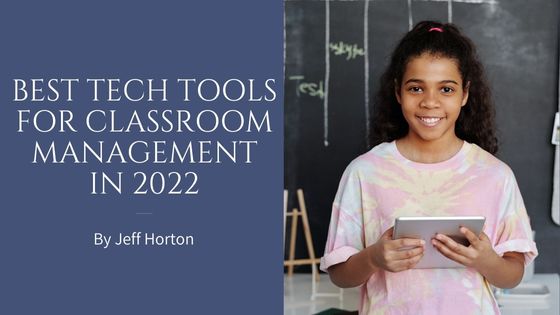Technology integration in education was developed to improve the learning experience. Technology integration opens doors for individualized instruction to fulfill each student’s specific requirements as an individual learner within a larger classroom environment.
The importance of technology in the classroom is becoming more apparent as the number of people with smart devices continues to increase. Classrooms need to evolve to meet the needs of today’s students. Here are some of the latest innovations changing how the classroom is taught.
Remote Learning
Due to the global pandemic, remote learning emerged and has steadfastly remained in some parts of the education industry. Institutions started using video conferencing platforms when schools could not provide students with the necessary education due to the outbreak. These platforms allow certain disadvantaged students to keep up with their studies.
VR
This technology enables pupils to experience the world outside of the classroom safely. Virtual reality is helpful for students studying history, art, and science, among other disciplines. It can be used to conduct virtual museum tours or worldwide field trips to learn about architecture or different cultures.
3D Printing
3D printing creates three-dimensional solid items from a digital file using fewer resources than conventional production processes. In addition to being used in the classroom, students can develop models and prototypes for engineering, architecture, and science projects.
Tablets
In addition to being used in the classroom, tablets are becoming more prevalent in the workplace and our lives. They are commonly used in schools to replace textbooks and notebooks for several reasons. Storing work on a device reduces paper usage. Technology itself is more engaging to students, and tablets are easier to use than laptop carts or computer rooms.
Document Camera
A new technology commonly used in education is the Document Camera, which allows teachers to project photos and other materials onto various devices, such as smartboards and projectors.
E-Books
E-books are publications accessed digitally through devices such as tablets and phones. Due to their long lifespan and capabilities, E-books can last for a long time. They also prevent waste caused by the disposal of old textbooks.

